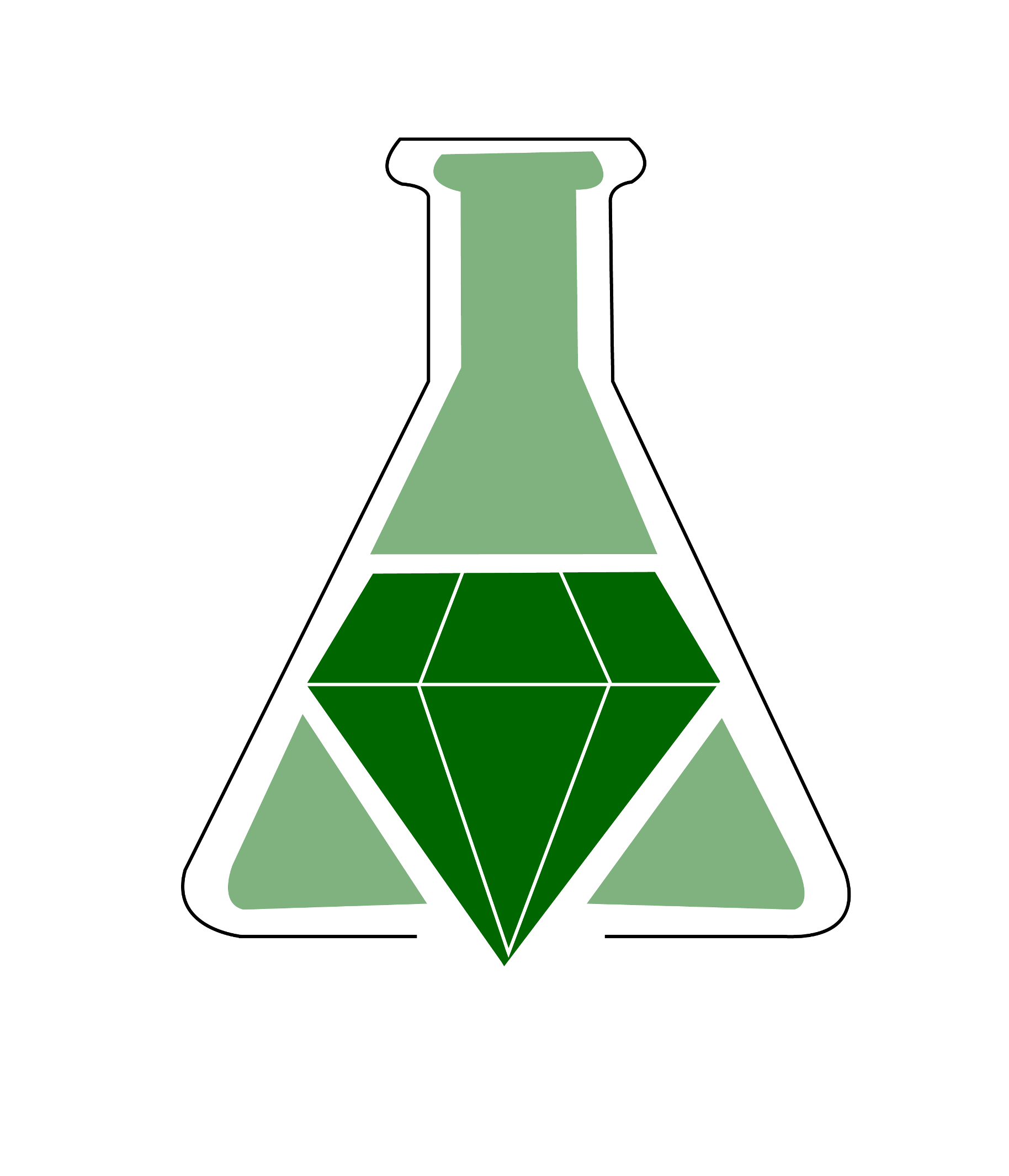Bringing State-of-the-Art, Applied, Novel, Green Chemistry to the Classroom by Employing the Presidential Green Chemistry Challenge Awards

Summary
In 1995 President Clinton introduced the Presidential Green Chemistry Challenge (PGCC) Awards Program. The program was created to acknowledge companies and individuals who research and develop technologies "that promote pollution prevention and industrial ecology through a new EPA Design for the Environment partnership with the chemical industry." In this article, Dr. Michael Cann discusses two ways that PGCC research proposals can be used to introduce both green chemistry and current state-of-the-art research to the classroom.
The first project involves the creation of a poster presentation detailing one of the award-winning PGCC proposals. A project outline, timeline and possible grading criteria are all provided in the article.
An alternative assignment for industrial chemists involves writing a report studying a PGCC proposal. In this report students address the chemistry/technology, the motivation for project development (i.e. reduction of cost) and related business aspects (plant design, profits, etc).
Summary prepared for the original GEMs database September 2008 by Douglas M. Young at the University of Oregon.
Bringing State-of-the-Art, Applied, Novel, Green Chemistry to the Classroom by Employing the Presidential Green Chemistry Challenge Awards
Michael C. Cann
Journal of Chemical Education 1999 76 (12), 1639
DOI: 10.1021/ed076p1639
The first project involves the creation of a poster presentation detailing one of the award-winning PGCC proposals. A project outline, timeline and possible grading criteria are all provided in the article.
An alternative assignment for industrial chemists involves writing a report studying a PGCC proposal. In this report students address the chemistry/technology, the motivation for project development (i.e. reduction of cost) and related business aspects (plant design, profits, etc).
Summary prepared for the original GEMs database September 2008 by Douglas M. Young at the University of Oregon.
Bringing State-of-the-Art, Applied, Novel, Green Chemistry to the Classroom by Employing the Presidential Green Chemistry Challenge Awards
Michael C. Cann
Journal of Chemical Education 1999 76 (12), 1639
DOI: 10.1021/ed076p1639
Safety Precautions, Hazards, and Risk Assessment
See published journal article
Link to external
